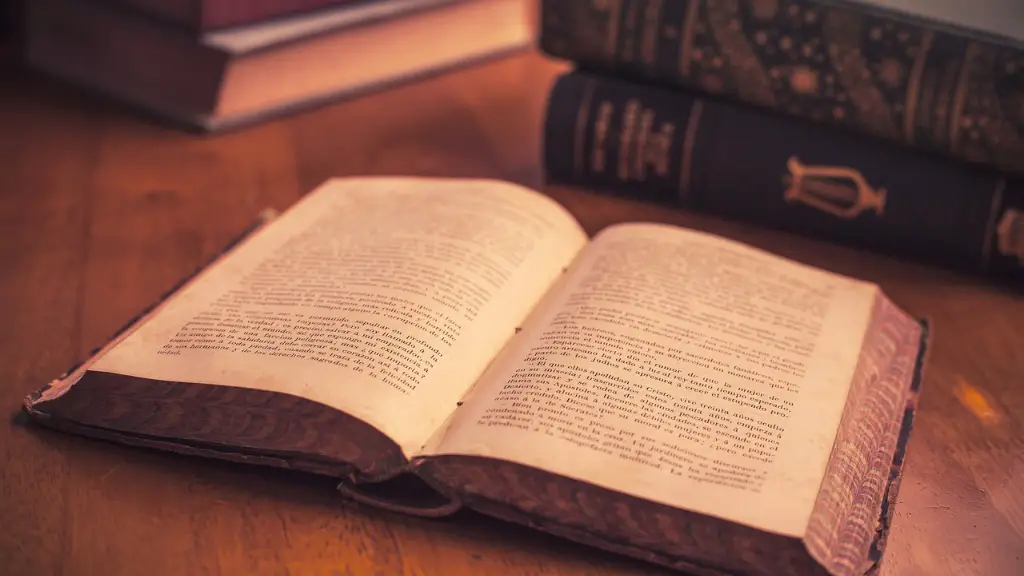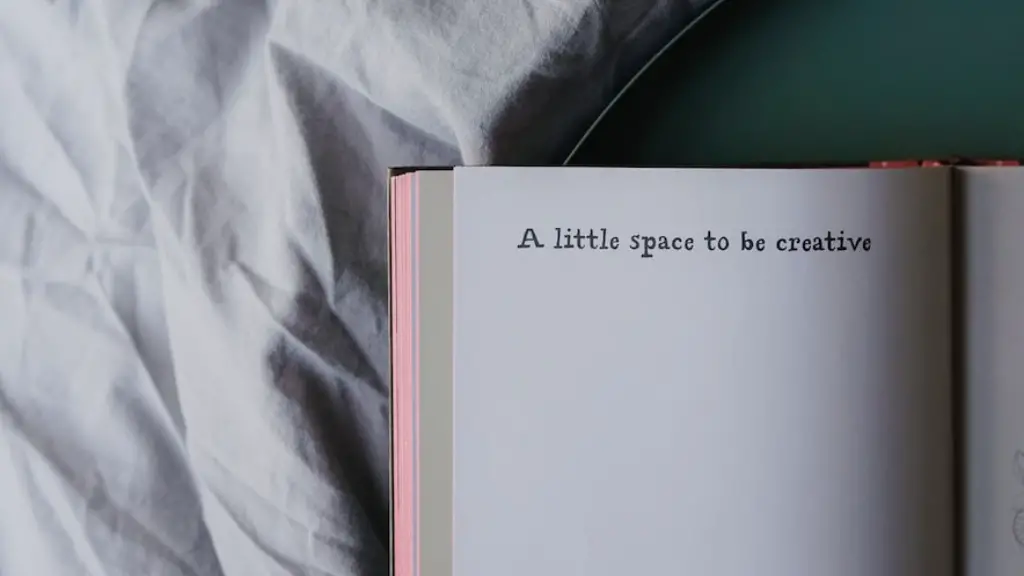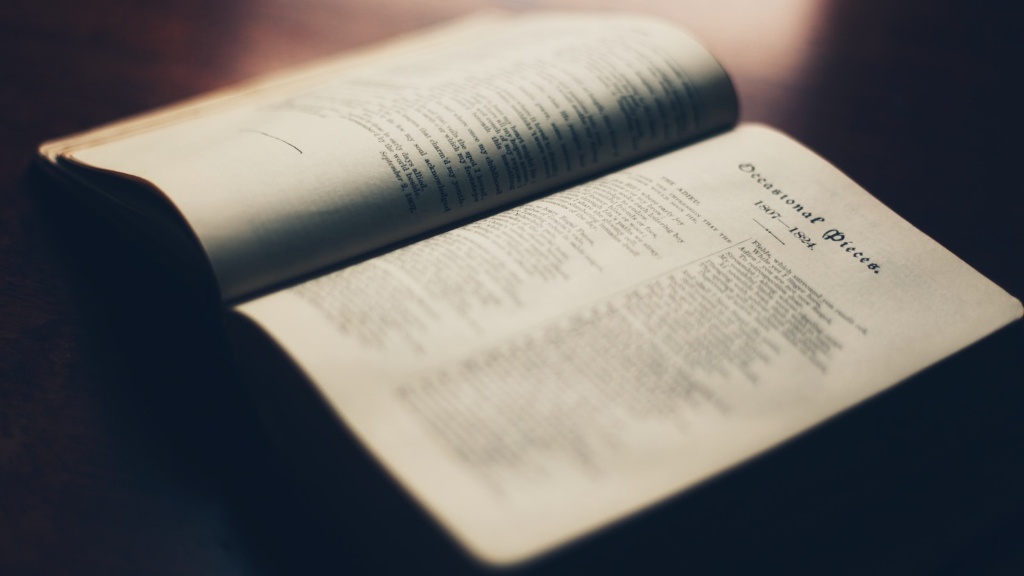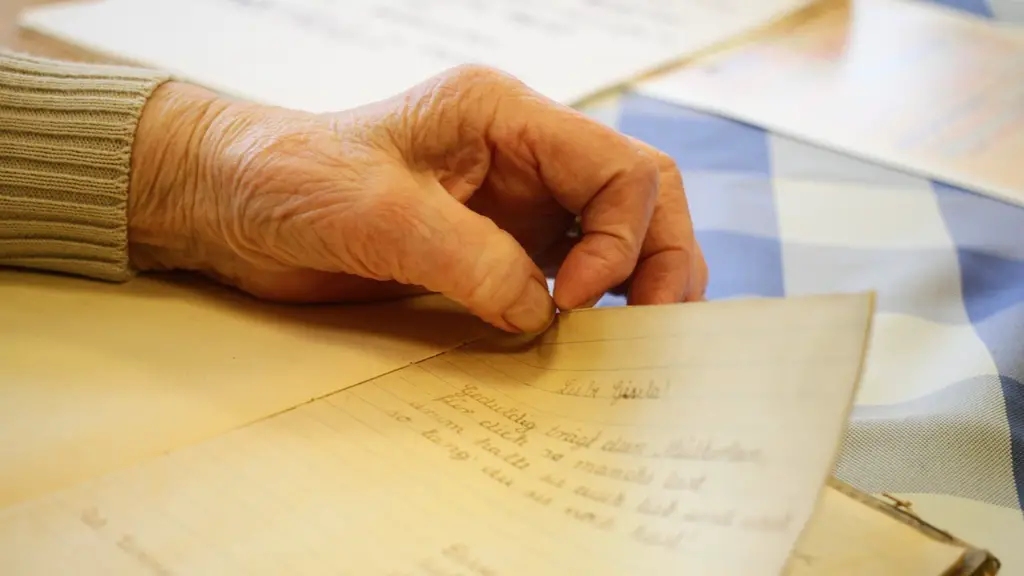Rhyme is undoubtedly one of the most defining elements of poetry – however it is also one of the most poorly understood. Rhyme has been used since antiquity to convey emotions, accentuate the metre of a poem and more recently to add sophistication. Through this article, we shall explore what rhyme is, why it is important and how it can be used by poets and writers. We shall also discuss the recent trend among some for using rhyme even in non-poetic writing – and the implications of this.
Rhyme is the repetition of similar sounds or syllables in two or more words. For instance, ‘One’ and ‘Done’ both rhyme. The sounds can either be identical or closely related. Rhyme can be further categorised into perfect, imperfect, assonance and consonance. Perfect rhyme occurs when identical sounds are repeated-for example in ‘one’ and ‘done’. Imperfect rhyme is when closely related sounds are repeated-for example in ‘light’ and ‘sight’.
The primary purpose of rhyme in poetry is to add aesthetic value. By making the poem easier to remember, rhyme can heighten the emotional power of the words being used and help structure a piece. For instance, a piece written in free verse may appear abstract at a point-but if it is written with a rhyme it becomes easier to remember. Similarly, rhyme can be used to create a sense of cohesion in a longer poem, linking different ideas together and allowing them to flow smoothly.
Furthermore, rhyme can give the poem a certain rhythm which can help to convey the desired emotion. Certain poets use certain rhyme schemes in order to create a certain mood or atmosphere-for instance Robert Frost often used ABAB rhyme scheme in his works in order to create a sense of nostalgia and longing.
In recent years, there has been a trend among some writers and poets to use rhyme even in non-poetry writing. Some believe this adds a certain flair to the prose-especially when used effectively. Others, however, have noted that such use of rhyme can be cringeworthy and contrived.
Rhythm
Rhythm is a closely related element of poetry that can affect how a reader experiences the poem. Rhythm is the pattern of stressed and unstressed syllables in a poem. It gives the poem a ‘musical’ feel-by bringing out certain aspects of the poem and making it easier to memorise and recite. In many cases, rhythm is closely related to rhyme-for instance in many pieces, the perfect and imperfect rhymes are often used to create a rhythm.
Rhythm not only can add to the aesthetics of a poem but can be used to convey the emotion of it. A fluttering rhythm may convey a sense of confusion or distress, while a slow and steady rhythm may be used to convey a sense of contemplative thought or nostalgia. Rhythm can also be used to accelerate a poem, culminating in a climax or make the poem more subtle.
In a sense, rhythm and rhyme are two sides of the same coin. By combining the two effectively, a poet can make an impactful piece-which can not only be aesthetically pleasing but can create an atmosphere and set the mood of a poem.
Conclusion
Rhyme and rhythm are two of the most important elements of poetry, used by both experienced poets and budding writers. By combining the two, a poet can create aesthetically pleasing and powerful works that can convey moods and ideas to their readers. The purpose of rhymes and rhythms in poetry is to evoke emotion and convey ideas-and when used effectively, it can have a powerful effect on the reader.
Rhyme Scheme
A rhyme scheme is an important element that is used by a poet in order to create different sounds and effects in a poem through the use of word choice and rhyme. Each poem has its own set of specific rhyme schemes that are used to create its unique sound. The rhyme scheme of a poem is the pattern in which the lines rhyme. It is typically noted at the end of each line with a letter and number, such as A1 and B2. The letter stands for the end rhyme, and the number for which line it appears in. The rhyme scheme is usually established at the beginning of the poem, and can vary throughout.
For instance, when we look at the rhyme scheme of a quatrain (a four-line stanza) it is often noted as ABAB – where the first and third lines rhyme and the second and fourth lines rhyme. By varying the rhyme scheme-such as AABB or AAAB-a poet might be able to focus on different ideas in the poem or create a different atmosphere.
Rhyme schemes aren’t just used for aesthetic purposes-in some cases, they can be used to add complexity and depth to a piece. For instance, some writers might use an ABCB scheme to create transitions between different sections of a poem. The alternating rhymes give the poem a certain continuity and helps the reader to keep track of the poem-yet also providing a certain subtlety by introducing different rhymes.
Modern Usage of Rhyme in Poetry
In modern poetry, rhyme can be used in a variety of ways. Many poets choose to use a traditional AABB rhyme pattern, while others might use more complex rhyme schemes such as ABCB. It all depends on what the poet wishes to convey and the atmosphere they wish to create through the use of rhyme.
In recent times, some poets have begun to use free verse-which is poetry without a particular metre or structure. In such cases, rhyme is used to create a certain rhythm and atmosphere-without taking away from the free-flowing nature of the poem. For instance, the use of assonance and consonance can create a certain ethereal sound without taking away from the poem’s ‘no rules’ nature.
Rhyme has been used for centuries to convey powerful emotion and ideas. However, in modern poetry there is still a huge amount of versatility and diversity when it comes to how poets choose to use it. It all depends on the poet’s own personal style and the atmosphere or emotion that they wish to convey.
Alternatives to Rhyme
Rhyme isn’t the only way to create aesthetic value in poetry. There are other elements that can be used to create a musical feel in poetry. Alliteration, which is the repetition of the same sounds at the beginning of words, has been used by some poets to create a pleasing effect. For instance, Walter De La Mare’s ‘The Listeners’ uses alliteration to create a sense of eeriness and fear-without relying on rhyme.
Similarly, some poets have used repetition of other words or phrases as an alternative to rhyme. For instance, Stevie Smith’s poem ‘Not Waving But Drowning’ uses the repetition of the phrase ‘Nobody heard him’ at the end of each stanza-which gives the poem a certain musical quality.
Onomatopoeia is another technique that some poets have used to create a certain musical effect. Onomatopoeia is the use of words that imitate or suggest the source of the sound that they describe. By using onomatopoeia, a poet can create certain images in the reader’s mind that evoke emotion without relying on rhyme as a crutch.
Finally, enjambment has been used by some poets as an alternative to rhyme. Enjambment is the breaking up of a sentence or phrase so that the syntax carries on in the following line-creating a sense of continuity and flow. For instance, in William Wordsworth’s ‘The Prelude’ he uses enjambment extensively in order to convey a feeling of continuity and flow in his poem.
The Role of Rhyme in Poetry Today
Rhyme still plays an important role in poetry today. Many traditional forms of poetry, such as sonnets and ballads, rely on rhyme to create a certain atmosphere and convey emotion. However, many modern poets choose to incorporate other elements-including repetition and alliteration-in order to add to the effect of the poem without relying too heavily on rhyme.
Ultimately, rhyme is still an important part of poetry. The use of it-whether subtly or more heavy-handedly-can help create powerful and memorable works of art. It is an invaluable tool in the poet’s arsenal-and one that should be used to maximum effect in order to create works that will stand the test of time.





